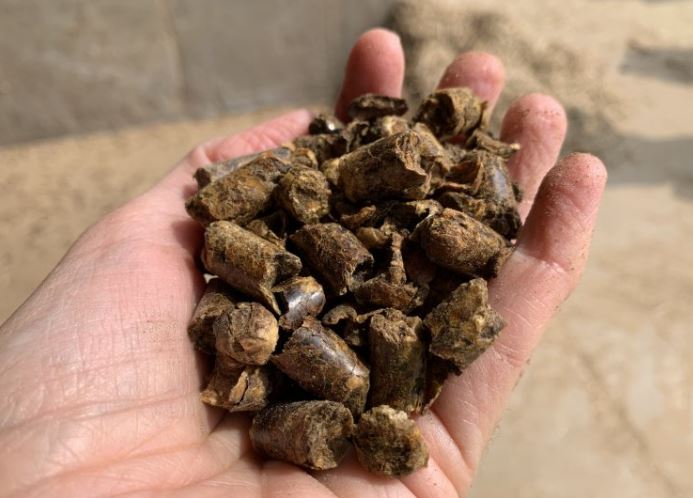The Economy of a Dairy Farm: The US Example
The re-use of resources on a dairy farm has significant benefits. Heather Barnes told about it in her article on www.agriculture.com, writes “Agro-Center”.
“Recent tours of dairy plants in North Carolina have opened my eyes to the many ways farmers recycle and use their resources,”
said Heather.
The woman shared that it was not news to her that the farmers took care of the land and natural resources, but the details of the dairy production itself were very interesting.

“One dairy farm I visited milks 600 cows, spends more than $1.2 million a year on fodder. Farmers mix 13 different recipes for their daily diet. They give enough fodder for 24 hours and then collect the rest. It is weighed and the amount of fodder for the next day adjusted, depending on what the cows ate, to reduce the amount of food waste. The raw feed is composted.”
The farm’s “pantry” is full of nutritional fodder ingredients, many of which are by-products of other agricultural processes.

For example, the citrus pulp is converted into pellets and used as a fodder ingredient. Soy production by-products are also used as fodder ingredient.
Every dairy farm I visited recycles water. On dairy farms with 600 cows, water is used at least four times. When the milk comes from a milking parlor, it is warm. Water is used to cool the milk before it enters the tank (which holds all the farm milk), where the milk is cooled even further.
This water (which did come in contact with milk) is then used as drinking water for livestock.

Dairy calves live in separate houses. The earth is covered with gravel, which promotes drainage, ensures cleanliness and reduces the number of sick calves. As soon as the calf is moved to the pasture, the gravel is removed and used to cover the access road.
These are just a few things dairy farmers do to increase their profitability and keep their businesses smart.





Spelling error report
The following text will be sent to our editors: